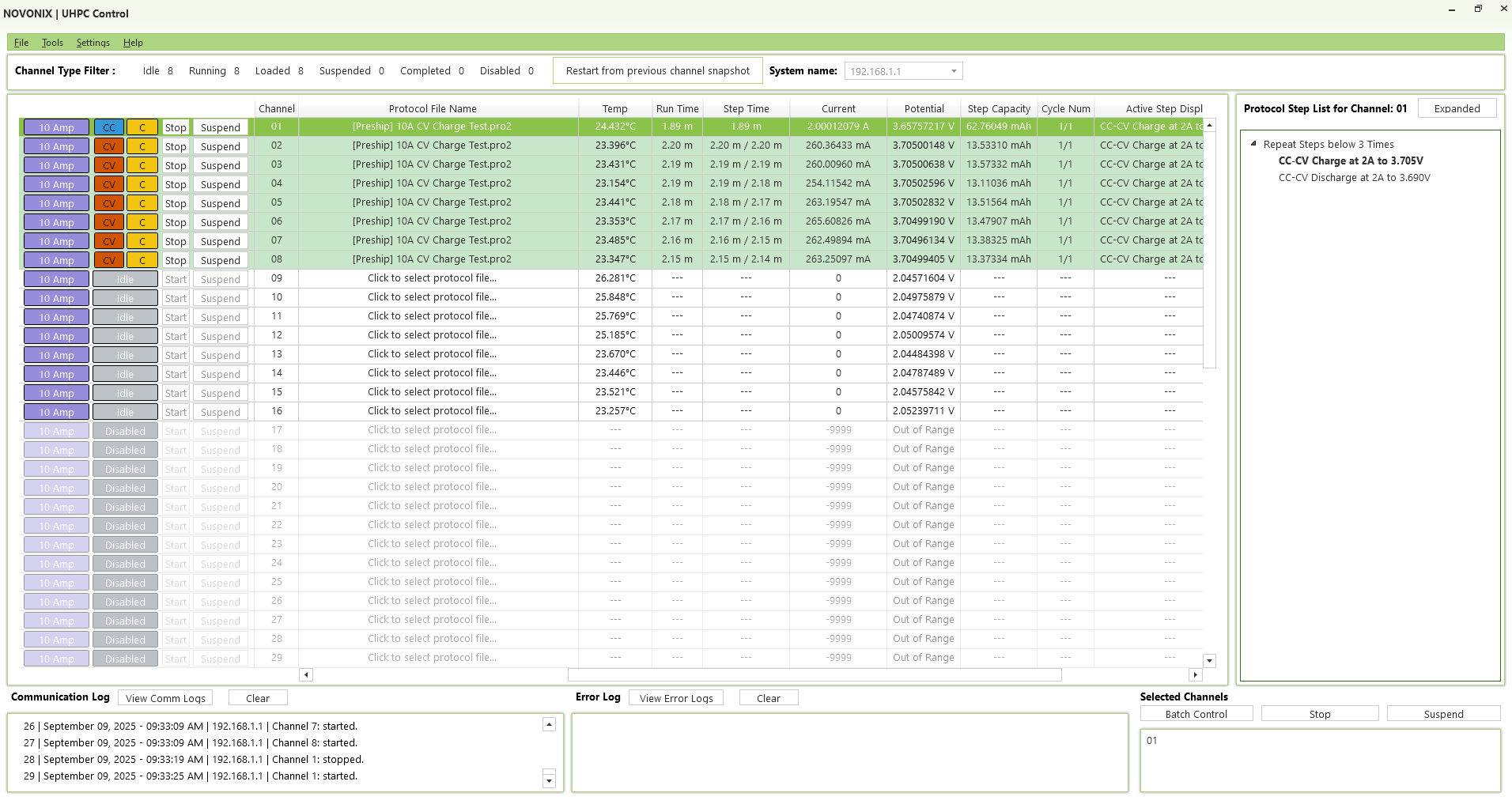Understanding Anomalous Behavior in Coulombic Efficiency Measurements on Li-Ion Batteries
Balazs Gyenes, D. A. Stevens, V. L. Chevrier and J. R. Dahn (2014).
Journal of The Electrochemical Society. 162(3). https://doi.org/10.1149/2.0191503jes
Abstract
When identical dry Li-ion batteries are filled with different electrolyte solutions, those with higher coulombic efficiency (CE) normally have a longer life-time, provided the batteries have the same test history (storage time and temperature, cycling protocol etc.). Accurate CE measurements can therefore be used to rapidly rank cells according to their life-time without relying on tests that are many years long. The CE of Li-ion cells normally increases with time since SEI layers thicken and parasitic reactions between electrodes and electrolyte, which cause the departure of the CE from unity, slow down. However, in some cases, the CE of Li-ion cells has been observed to be greater than unity and decrease during early charge-discharge cycling, which is unexpected. This anomalous behavior is shown here to be caused by the impact of lithium atoms stored in the negative electrode “overhang”, the small portion of the negative electrode that extends past the positive electrode in commercial Li-ion cells. Storage protocols are discussed that allow CE to more rapidly stabilize with time or cycle number.
